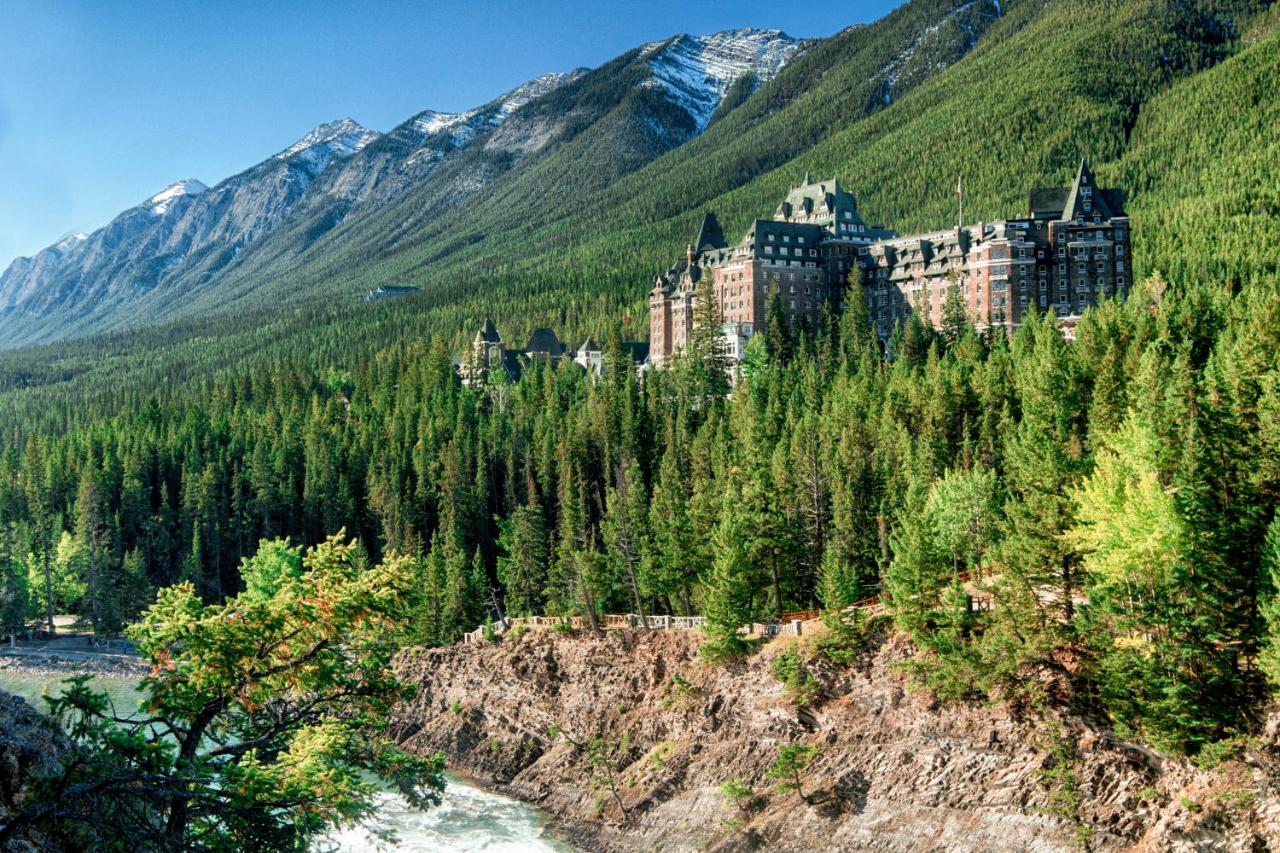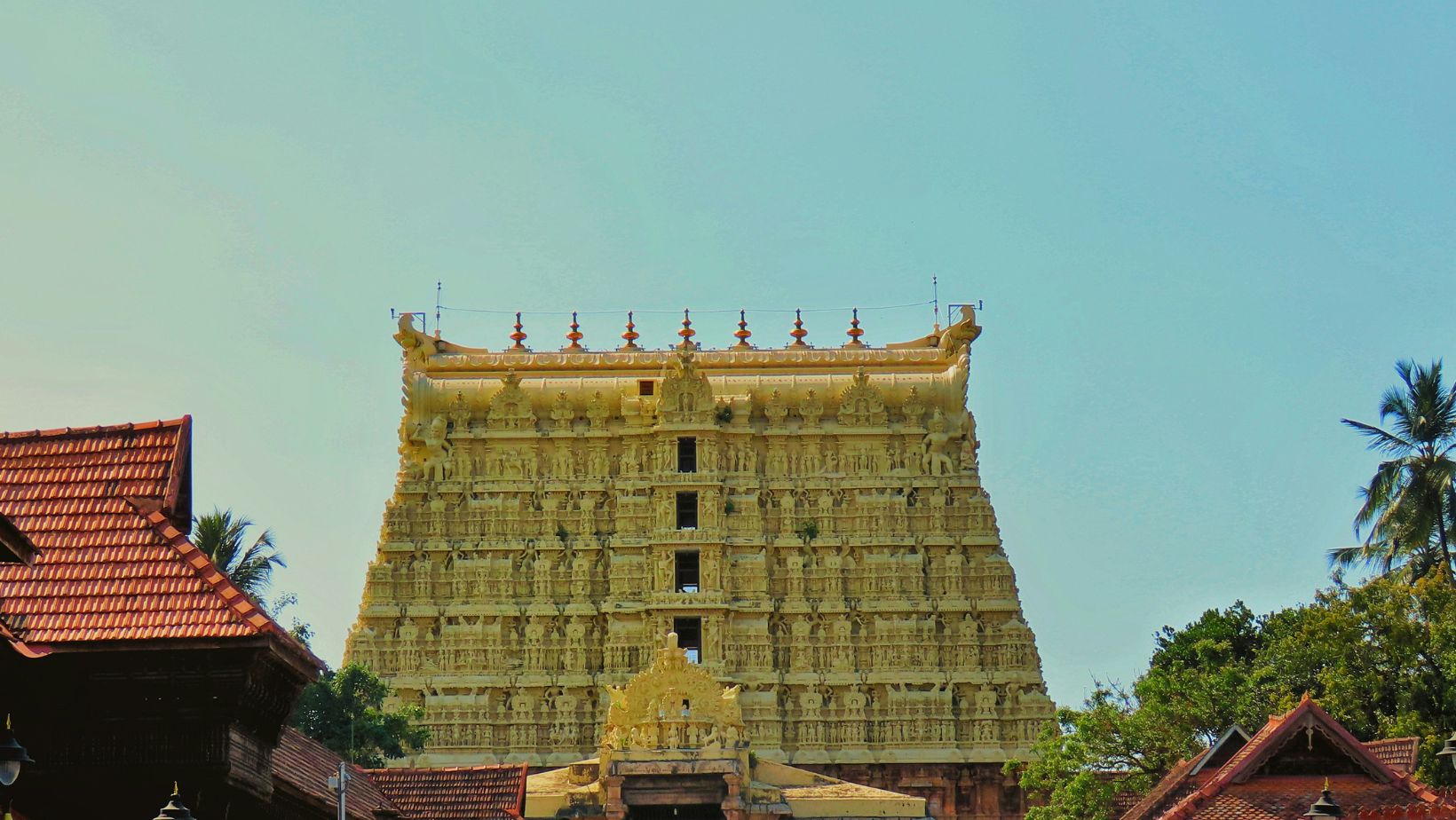The Shree Dwarkadhish Temple in Gujarat is among India’s most revered Hindu shrines. Dedicated to Lord Krishna, this temple draws thousands of devotees annually. Its historical significance, architectural splendor, and spiritual ambiance captivate pilgrims and tourists alike.
Historical Significance
Origins and Legends
The history of Dwarkadhish Temple dates back to approximately 2500 years. According to legend, Lord Krishna established Dwarka as his kingdom’s capital. Scriptures state that Krishna lived here after leaving Mathura. Thus, Dwarka became an essential pilgrimage destination for devotees of Krishna.
Reconstruction Efforts
Throughout history, the temple experienced destruction and rebuilding. Historical accounts indicate invasions severely damaged it. Yet, each time, devoted rulers reconstructed the temple. The current structure dates back to the 16th century, sponsored by Raja Jagat Singh Rathore.
Temple Architecture
Design and Layout
The temple boasts traditional Hindu architecture with intricate carvings and sculptures. Built primarily from limestone, it features a five-story shikhara rising impressively. The main shrine holds Lord Krishna’s idol, adorned with exquisite jewelry and garments. The temple’s architecture symbolizes divine beauty and elegance.
Unique Features
Dwarkadhish Temple stands on 72 pillars, each intricately carved. Devotees ascend a flight of steps called “Swarg Dwar” or “Gate of Heaven.” Another exit called “Moksha Dwar” signifies the path to salvation. The temple compound includes multiple smaller shrines dedicated to various deities.
Main Shrine
The sanctum houses a captivating idol of Lord Krishna made from black stone. Known as “Dwarkadhish,” meaning the “King of Dwarka,” this idol captures Krishna’s royal form. Priests regularly adorn this idol, attracting thousands of pilgrims seeking divine blessings.
Carvings and Sculptures
Artistic depictions narrating tales from Krishna’s life adorn temple walls. Intricate sculptures of celestial beings, animals, and floral designs embellish the temple. These artistic elements highlight India’s rich cultural heritage and skilled craftsmanship.
Spiritual Practices and Rituals
Daily Rituals
Temple priests perform numerous daily rituals beginning early morning. These include Mangala Aarti, Shringar Aarti, and Sandhya Aarti. Pilgrims attend these ceremonies, experiencing spiritual fulfillment. Priests meticulously follow ancient traditions, ensuring rituals’ authenticity and sanctity.
Festivals and Celebrations
Dwarkadhish Temple hosts grand celebrations during festivals like Janmashtami, Holi, and Diwali. Janmashtami, Krishna’s birthday, sees elaborate decorations, prayers, and midnight aarti. Devotees from across India gather to witness these festivities, creating a vibrant, joyous atmosphere.
Janmashtami Celebrations
Janmashtami is Dwarka’s most significant festival. Celebrations begin days ahead, featuring devotional songs, dance performances, and spiritual discourses. At midnight, priests perform a grand aarti, marking Krishna’s birth. Pilgrims cherish this divine experience, enhancing their faith and devotion.
Holi and Diwali Celebrations
Holi celebrations here are lively and colorful, reflecting Krishna’s playful nature. Devotees engage in spirited color-throwing and dancing. Diwali brings splendid lighting, decorations, and special prayers. These festivals showcase India’s cultural diversity and religious harmony.
Pilgrimage Importance
Char Dham Significance
Dwarkadhish Temple is one of the Char Dham pilgrimage sites in Hinduism. The other three include Badrinath, Puri, and Rameswaram. Visiting these sites grants devotees spiritual purification and enlightenment. Dwarka holds immense significance as the western pilgrimage site in Char Dham.
Spiritual Beliefs
Pilgrims believe visiting Dwarkadhish Temple fulfills desires and brings inner peace. Many undertake arduous journeys, believing it purifies their souls. Rituals performed here offer devotees a profound sense of spiritual upliftment, strengthening their connection with the divine.
Tourist Information
Best Time to Visit
October to March is the ideal period to visit Dwarkadhish Temple. The pleasant weather enhances pilgrims’ and tourists’ experiences. Visiting during festivals like Janmashtami provides an unforgettable spiritual and cultural experience.
How to Reach
By Air
Jamnagar Airport, 137 kilometers away, is the closest airport. Regular flights connect Jamnagar with major Indian cities. Travelers can hire taxis or buses from Jamnagar Airport to Dwarka.
By Rail
Dwarka Railway Station connects to major Indian cities through regular trains. Pilgrims prefer traveling by rail due to convenience and affordability. The temple is a short distance from the railway station, accessible by taxis or auto-rickshaws.
By Road
Dwarka enjoys excellent road connectivity. Buses from Ahmedabad, Rajkot, and Jamnagar frequently ply to Dwarka. Private vehicles or taxis provide additional flexibility, allowing visitors to explore surrounding regions comfortably.
Nearby Attractions
Beyt Dwarka
Beyt Dwarka is an island temple accessible via boat. It holds immense significance, believed to be Krishna’s original residence. Pilgrims visit this peaceful island, further enriching their spiritual journey.
Rukmini Devi Temple
Located just a short distance away, Rukmini Devi Temple honors Krishna’s wife, Rukmini. Intricate carvings adorn this temple, offering visitors historical and artistic insights. Devotees often visit both temples together, completing their pilgrimage experience.
Gomti Ghat
Gomti Ghat, near the Dwarkadhish Temple, is where River Gomti meets the Arabian Sea. Pilgrims take holy dips here, believing it cleanses sins. The serene setting provides spiritual tranquility, complementing temple visits.
Preservation and Maintenance
Temple Administration
Shree Dwarkadhish Temple is meticulously managed by the Dwarkadhish Devasthan Samiti. This committee ensures the preservation of temple heritage, rituals, and facilities for pilgrims. Their efforts maintain the temple’s sanctity and historical importance.
Conservation Initiatives
Local authorities actively engage in conservation to preserve the temple’s structural integrity. Regular maintenance ensures minimal damage from environmental factors. These measures safeguard the temple’s beauty for future generations.
Cultural Impact
Influence on Local Economy
Dwarkadhish Temple significantly influences Dwarka’s local economy. Tourism and pilgrimage drive business growth, including hospitality and local handicrafts. Shops selling religious items thrive due to constant pilgrim inflow.
Artistic Contributions
The temple inspires numerous artists and craftsmen. Local artisans produce intricate sculptures, paintings, and jewelry influenced by temple art. These crafts support livelihoods and preserve cultural traditions.
Shree Dwarkadhish Temple stands as a testament to India’s rich spiritual heritage. Its historical depth, magnificent architecture, and religious significance continue to attract global visitors. For pilgrims and tourists alike, visiting Dwarka offers profound spiritual enrichment, cultural insights, and everlasting memories.











**mindvault**
mindvault is a premium cognitive support formula created for adults 45+. It’s thoughtfully designed to help maintain clear thinking
**breathe**
breathe is a plant-powered tincture crafted to promote lung performance and enhance your breathing quality.